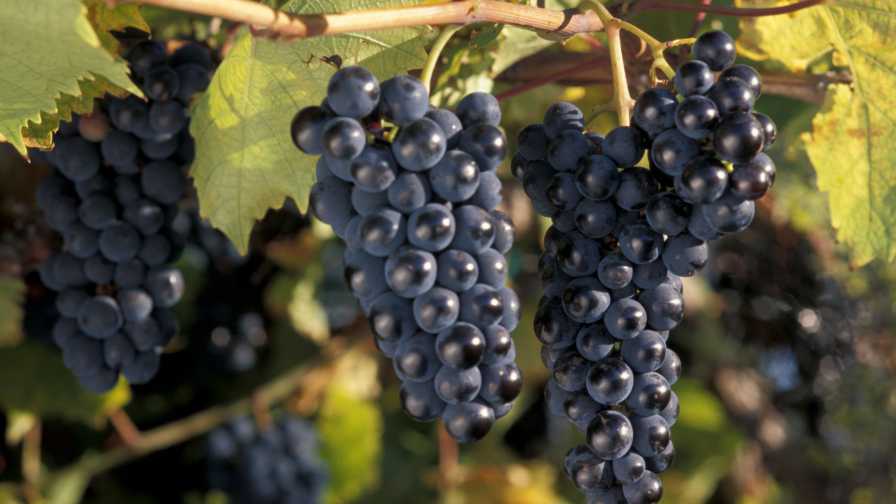Scientists Looking To Turn The Asian Citrus Psyllid Against Itself
 There is little doubt that high science will be involved in bringing citrus growers solutions to HLB. One area of research that shows promise and has garnered attention from hopeful growers is utilizing RNA interference (RNAi) technology to disrupt the Asian citrus psyllid.
There is little doubt that high science will be involved in bringing citrus growers solutions to HLB. One area of research that shows promise and has garnered attention from hopeful growers is utilizing RNA interference (RNAi) technology to disrupt the Asian citrus psyllid.
RNAi technology uses a virus-fighting defense mechanism found in all organisms, including humans and insects. When viruses reproduce in a cell, they create double-stranded RNA. When a virus is present in an organism, any material with double-stranded RNA is immobilized by the virus-fighting defense mechanism. The RNAi process is a natural cell defense mechanism and it does not alter the genetics of the citrus crop or insects — it only affects the psyllid. This makes it safe because mammals and insects are physiologically different and the genetic sequences targeted in the insect aren’t found in humans.
Dr. Wayne Hunter, a research entomologist with USDA based in Ft. Pierce, has been at the forefront of this research and has already delivered a RNAi product called Remebee that helps beekeepers stem the effects of Israeli acute paralysis virus in colonies.
“I, along with several colleagues at the USDA-ARS lab are conducting research using this RNA-based technology to target specific genes in the insect with the aim to turn the psyllid’s body against itself,” says Hunter. “Research has shown we can increase mortality of insects within four to five days of ingesting the material. Since RNAi is a natural cell defense mechanism against viruses, the system has been around for as long as there have been insects and plants. Thus, another benefit is that the psyllids should not develop resistance to the approach.”
Product Delivery
“We currently are testing this RNAi solution in carefully monitored field trials on a plot of five-year-old Valencia trees and a group of 50 Valencia reset trees using a non-transgenic delivery method with a goal of understanding the best and most effective way to apply this beneficial technology to citrus trees, along with determining how long the treatment will last,” says Hunter.
One such delivery method of the RNAi material (dsRNA) is applied in a suspended solution to drench the root zone of the trees. The product does have systemic spread to the canopy of the trees.
“This year’s trial will show us if soil drench is the best,” says Hunter. “So far, it looks like the most direct and thus less wasteful method to apply dsRNA to get the amount we need directly into the tree at the lowest cost. We also will determine the lowest dose possible on the tree size we are using, so our commercial partner has data on a starting point for calculating product production and sales.”
Getting It To The Grove
The wheels are beginning to turn to move the product toward commercialization. Recently, Hunter attended an open forum on RNAi technology hosted by EPA. He says it was proposed during the meeting that there is enough current regulation for registration of RNAi-based products without having to create new ones, which should help the process move more quickly.
“Monsanto is trying to get its genetically improved corn with RNAi technology approved this year and out next year,” says Hunter. “This will help to open the door on RNAi technology, but it is built into a GMO technology.
“My approach is to go non-transgenic in delivery. This year’s field trial will provide us with greatly needed information on environmental persistence and efficacy in the field, which is key to determining cost/benefit analyses for a commercial partner to know if it is financially feasible for them.
“Even if the cost is still a little high, if the results look good, we may be able to push for an emergency use on a small acreage (10 acres or less) to do a field trial, which would provide the evidence for regulatory approval. This would follow either late this year or early next year — if all goes well.”
With corporate support, industry interest, and smooth data submission to EPA for consideration, the process would take two and a half to three years at the earliest for the product to achieve regulatory approval.
“All researchers working on citrus within USDA-ARS know that potential solutions to HLB must happen as fast as possible to address the critical needs of the citrus industry,” says Hunter. “We are focused and working to develop this technology as rapidly as possible.”
Prize-Winning Performance
The same technology Hunter is using to disrupt psyllids was recognized with a Noble Peace Prize Of Medicine in 2006. The medal was awarded to American scientists Andrew Fire and Craig Mello for their discovery of gene silencing by double-stranded RNA — otherwise known as RNAi. At the time the award was presented, the breakthrough was said to have opened a whole new field of biology.










